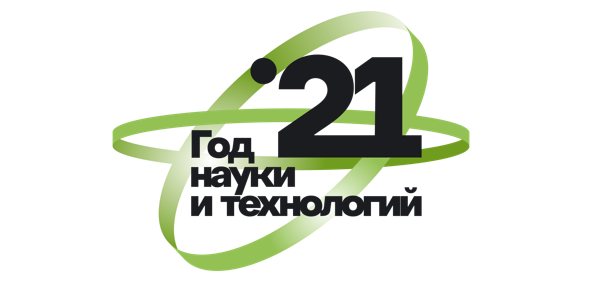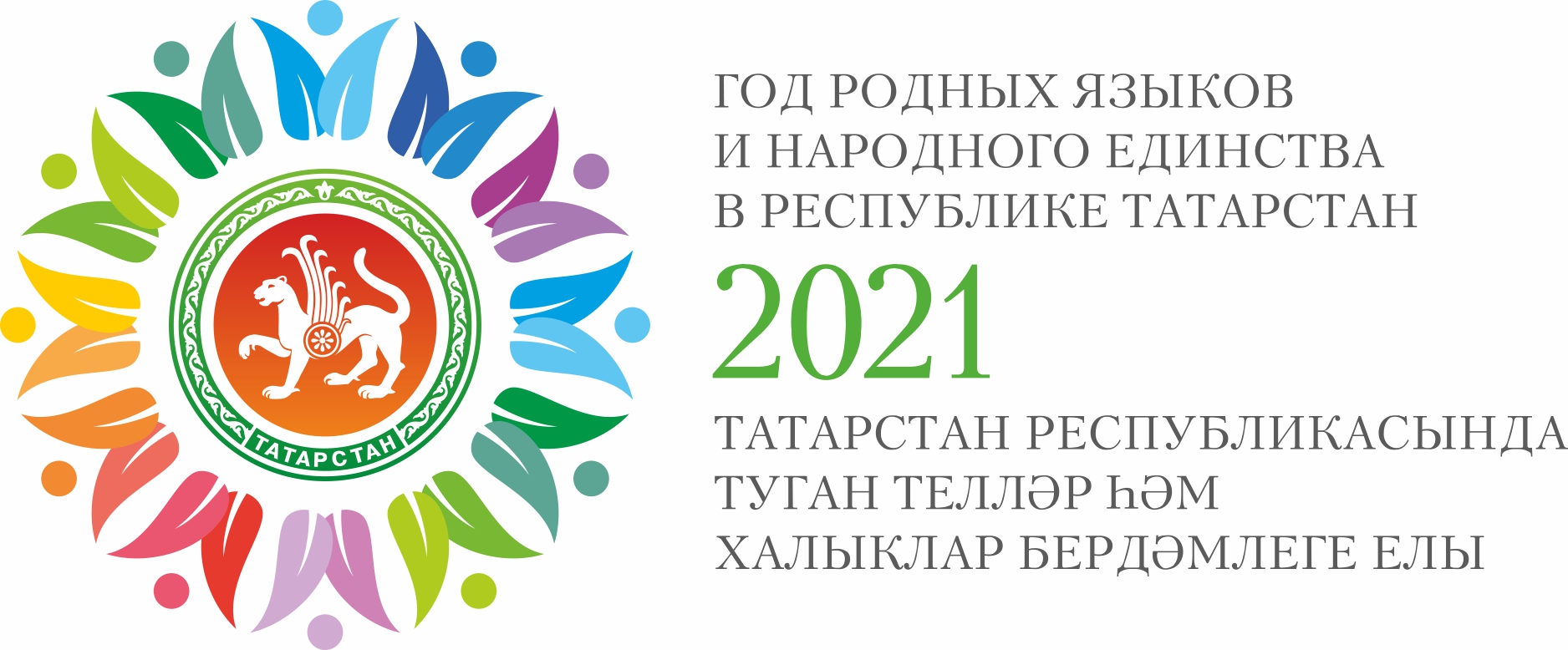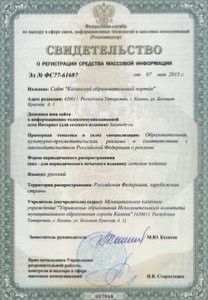Работа с текстом на уроках английского языка в контексте формирования функциональной грамотности школьников
Бикмиева Н.З.,
учитель английского языка
МБОУ «СОШ № 140» Советского района г.Казани
Процесс чтения в реальной практике всегда встроен в более сложные виды деятельности. Необходимость обратиться к письменному тексту каждый раз диктуется разными целями, что, в свою очередь, требует применения разных стратегий чтения, осуществления разного набора действий, помимо общей технической основы – расшифровки письменных знаков.
Работа с разнообразными текстами, включая тексты повышенной сложности, позволяют формировать функциональную грамотность учащихся. Имеется ввиду, не просто «минимальная грамотность», т.е. умение прочитать или написать простое сообщение, а развитие через текст способностей выбирать и использовать различные технологии, видеть проблемы и искать пути их решения, и конечно, способности учиться всю жизнь.
Функциональная грамотность подразумевает способность человека использовать навыки чтения и письма в условиях его взаимодействия с обществом, иными словами, это довольно высокий уровень грамотности, который дает человеку возможность эффективно выстраивать отношения с внешней средой, успешно адаптироваться и функционировать в ней. Кроме того, функциональная грамотность это умение свободно пользоваться навыками чтения и письма для получения и передачи информации из текста в реальной коммуникации и в общении при помощи текстов и других сообщений.
Говоря о функциональной грамотности, нельзя не упомянуть об одной из международных программ по мониторингу и оцениванию образовательных достижений школьников PISA (Programme for International Student Assessment), которая нацелена на оценку функциональной грамотности школьников. Являясь мониторинговым, исследование PISA, позволяет выявить и сравнить изменения, которые происходят в системах образования в странах по всему миру, и таким образом, оценить эффективность стратегий в области образования. Мониторинг качества образования в школе PISA проводится по четырём основным направлениям и одно из них - грамотность чтения.
Следует обратить внимание, что российский школьник чаще всего имеет дело с логически выстроенными, непротиворечивыми, «причесанными» учебными текстами, из которых исключена второстепенная информация, т.е такой текст специальным образом адоптирован.
При анализе материалов PISA выделяют общие типы задач. Аналитические (конструирующие) задачи развивают умения извлекать из текста сопоставимую информацию, критически оценивать представленную и отбирать необходимую информацию для выдвижения гипотезы; формулировать доказательства; соединять разрозненные факты в единую информационную картину.
Информационные задачи направлены на поиск точной информации в тексте. Запрос на определенную информацию возникает в конкретной ситуации. Для такого типа задач характерна поисковая стратегия чтения. Поиск точной информации может быть частью и аналитической задачи и интерпретационной задачи. Главные умения, требующиеся при решении подобных задач: формулировать запрос на информацию, ориентироваться в структуре (устройстве) разного рода текстов.
Интерпретационные задачи. В задачах этого типа не работает понятие информационного шума. Все, что есть в тексте, является значимым для реконструкции замысла автора, смыслового плана текста. Подобные задачи направлены на удержание и соотнесение двух планов текста: фактологического (событийного) и смыслового (символического), ибо именно смысловой план делает текст художественным. Этим объясняется внимание к казалось бы незначимым деталям текста (с точки зрения описываемых событий).
Позиционные задачи предполагают 1) определение позиции автора, реконструкцию аргументов, на которые он опирается; 2) определение собственной позиции, ее аргументацию. Текст содержит материал для реконструкции позиции автора. Возможны случаи, когда позиция сознательно завуалирована («зашумлена»). Одним из важных умений, требующихся для решения подобных задач, является умение отделять фактологическую составляющую текста от интерпретационной.
Давайте рассмотрим на примере текста (легенды) о Дедале и Икаре задания в формате PISA.
Icarus and Daedalus
And what of Daedalus and Icarus, free?
They were flying high above the sea,
Above each valley, stream and hill;
Who knows? They may be flying still!
John Bliven Morin
People created lots of legends, myths, poems and songs about Daedalus and Icarus praising their courage. Do you want to know why? Then follow our story.
Once upon a time there lived a talented artist. His name was Daedalus. He used his art to make beautiful temples, castles and just schools. He was probably the finest architect of his time. He put his heart into his creations and was a happy man. Moreover, Daedalus was a creative person as he invented many tools for his work like the axe and the drill.
Daedalus had a nephew Tal who became his most talented pupil. Being quite young he already impressed everyone with his talent. But with time Daedalus got jealous of his nephew and once when they stood on the high Acropolis of Athens, Tal fell down. The artist was sure that it would be a secret. But people of Athens blamed Daedalus. Though nobody saw the crime, Daedalus had to escape on the island of Crete together with his son Icarus under the protection of King Minos. But Daedalus paid a big price for it from the very start.
For his protection the king wanted Daedalus to build a Labyrinth as a home and amusement for the king's pet, the Minotaur. The Minotaur was a horrible monster with the head of a bull on a human body. Everybody was afraid of the terrible Minotaur, including the nearby kings because it fed on people. Though the king knew the awful monster was dangerous he wanted him to live long and decided to build a lovely home for it.
Daedalus was a bit amazed at the king's choice of the pet, but he didn’t want to be thankless and he couldn’t say “No” to Minos. He thought it was just a job. Daedalus designed the Labyrinth thus the king and the monster were happy. Though everybody knew one who once got inside never found the way out.
After that Daedalus and Icarus had to live for many years on Crete. Minos wanted to be the only king who could enjoy the art of the great artist. Daedalus and his son felt themselves as slaves. So Daedalus thought for a long time how he and his son could escape and finally he found the way.
One day, Daedalus noticed birds flying overhead. It gave him an idea. It was crazy but bold as it was the way to freedom. Daedalus began to gather all the bird feathers he could find. He glued them together with wax. When two pairs of wings were ready, he warned his young son not to fly too close to the sun or to the sea waves.
Fortunately they could leave the island of Crete on the wings. It was a glorious day - the sky was as blue as the sea, the sun was bright and the breeze was fresh. Icarus forgot his father’s warning and flew higher and higher when suddenly he felt himself falling. Poor Icarus fell down into the water and drowned. Sadly, Daedalus continued on alone.
*Question
Question intent: Reflect and evaluate
Here is part of a conversation between two people who read the myth “Icarus and Daedalus”:
Speaker 1: I think Daedalus in the story is heartless and cruel.
Speaker 2: How can you say that? I think he’s a very kindhearted and careful person.
Give evidence from the story to show how each of these speakers could justify their point of view.
Speaker 1
__________________________________________________________________________________________________________________________________________________________
Speaker 2
__________________________________________________________________________________________________________________________________________________________
*Question 2: Icarus and Daedalus
Question intent: Interpreting text
Do you agree or not that Daedalus had to build the Labyrinth. Think and explain your answer.
*Question 3: Icarus and Daedalus
Question intent: Interpreting text
The king Minos wanted the Minotaur live long as:
A. he loved it;
B. he was afraid of it;
C. he wanted the nearby kings to be afraid of him.
*Question 4: Icarus and Daedalus
Question intent: Access and retrieve
When did Daedalus begin to feel that he was not free anymore? Explain your answer.
A. when he lived in Athens
B. when he agreed to build the labyrinth
C. after he killed his nephew
D. after he asked the king Minos for help
*Question 5: Icarus and Daedalus
Question intent: Integrate and interpret
Explain why people still admire Daedal and Icarus and the legend about them?
______________________________________________________________________________________________________________________________________________________________________________________________________________________________________
Keys
*Question 1
Question intent: Reflect and evaluate
Here is part of a conversation between two people who read the myth “Icarus and Daedalus”:
SCORING:
Correct: Answers scored as “Correct” for Speaker 1 and Speaker 2 - (2)
(Speaker 1 – “heartless and cruel”).
Correct
Answers which provide evidence from the story to support the idea that Daedalus is heartless and cruel. May refer to the fact that he killed his nephew Tal and wanted his crime to be a secret; he built an amazing labyrinth though he knew it was the place were the Minotaur killed people.
Incorrect
Answers which show inaccurate comprehension of the material or are implausible or irrelevant. – (0)
(Speaker 2: - “a very kindhearted and careful person’).
Correct
Answers which provide evidence from the story to support the idea that Daedalus is kindhearted. May refer to the facts that Daedalus built not only temples and castles, but schools; he made two pairs of wings to save not only himself but his son as well.
Incorrect
Answers which show inaccurate comprehension of the material or are implausible or irrelevant. -(0)
*Question 2
Question intent: Interpreting text
Do you agree or not that Daedalus had to build the Labyrinth. Think and explain your answer.
SCORING:
Correct: Agree. (1. For his protection the king wanted Daedalus to build a Labyrinth…; 2. …he didn’t want to be thankless and he couldn’t say “No” to Minos; He thought it was just a job. ) – (1)
Incorrect: Answers which show inaccurate comprehension of the material or are implausible or irrelevant. – (0)
*Question 3
Question intent: Interpreting text
The king Minos wanted the Minotaur live long as:
SCORING:
Correct: Answer C (Everybody was afraid of the Minotaur, including the nearby kings because it fed on people. Though the king knew the awful monster was dangerous he wanted him to live long and decided to build a lovely home for it.) – (1)
Incorrect: Answers which show inaccurate comprehension of the material or are implausible or irrelevant. – (0)
*Question 4
Question intent: Access and retrieve
When did Daedalus begin to feel that he was not free anymore? Explain your answer.
SCORING:
Fully correct: Answers B,C,D (But Daedalus paid a big price for it from the very start; For his protection the king wanted Daedalus to build a Labyrinth; he couldn’t say “No”; After that Daedalus and Icarus had to live for many years on Crete. Minos wanted to be the only king who could enjoy the art of the great artist. Daedalus and his son felt themselves as slaves.)- (2)
Partly correct: not all arguments are given – (1)
Incorrect: A - (0)
*Question 5
Question intent: Integrate and interpret
Explain why people still admire Daedal and Icarus and the legend about them?
Тексты, включенные в задания PISA, представляют собой не специально созданные для учебных целей тексты, а тексты, взятые из «реальной жизни». Это отличие носит принципиальный характер, так как даже при общности тематики мы имеем дело с совершенно разными «текстовыми устройствами» и установками на читателя.
Развитие функциональной грамотности школьников, в частности, одаренных, требует и от современного учителя постоянного повышения собственного уровня функциональной и информационно - цифровой грамотности, чтобы уметь создавать собственные цифровые продукты. Сегодня для решения многих профессиональных задач, особенно в работе с одаренными детьми, учителю необходимо владеть специфическими компетенциями: рациональными приемами и способами самостоятельного поиска и обработки информации; умением?формулировать информационный запрос; отбирать информацию, систематизировать и организовывать ее; кратко аннотировать информацию, составлять обзоры, ?подбирать сервисы для сбора и каталогизации информации. Иными словами, функциональная грамотность учащихся напрямую зависит от функциональной грамотности педагога.
Список использованных источников:
1. Развитие функциональной грамотности обучающихся основной школы : методическое пособие для педагогов / под общей редакцией. Л.Ю. Панариной, И.В. Сорокиной, О.А. Смагиной, Е.А. Зайцевой. – Самара : СИПКРО, 2019.
2. Конасова Н.Ю. Ситуационные задачи по оценке функциональной грамотности учащихся : методическое пособие. – Санкт-Петербург, 2012 –138 с.
3. Александрова О.М., Васильевых И.П., Аристова М.А. Читательская
грамотность школьника (5–9 класс). - Москва





